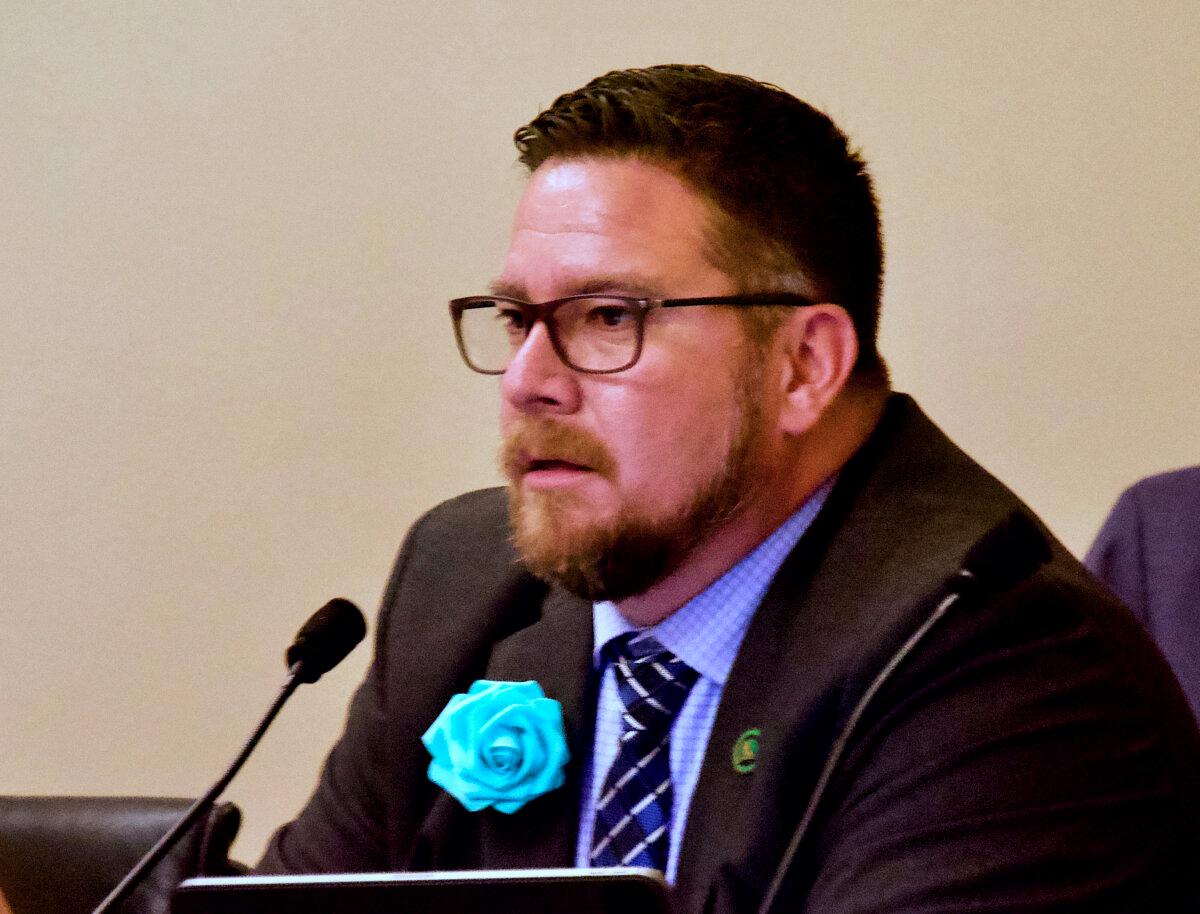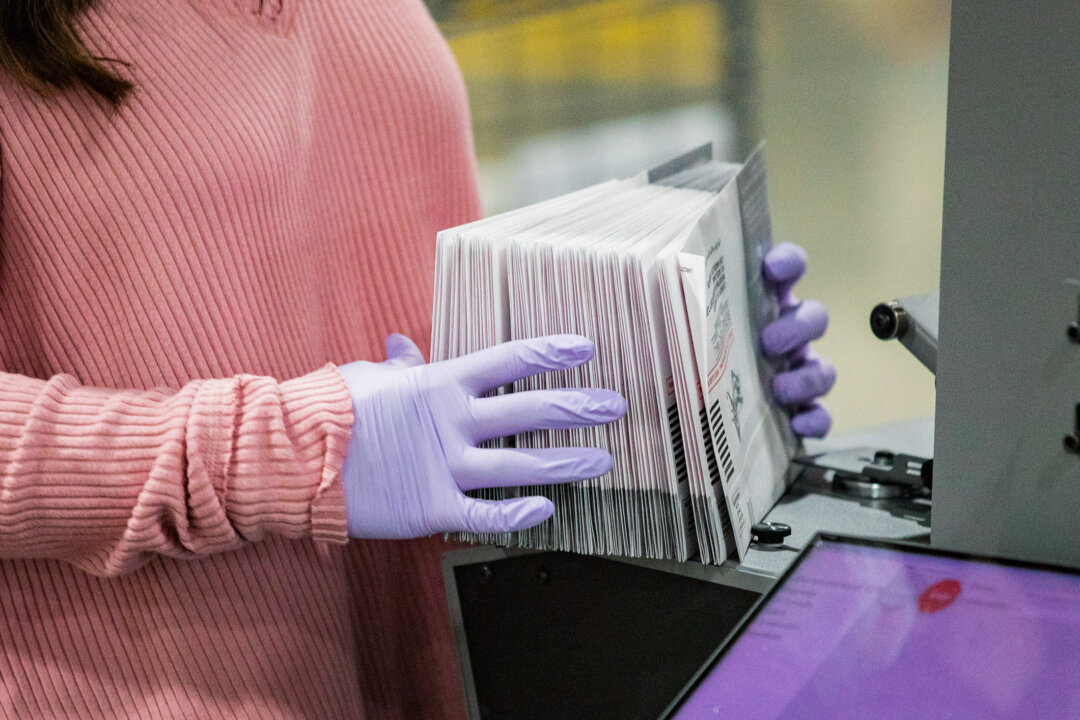After some election results took a month to determine a winner, a Central Valley lawmaker is looking to restore the public’s faith in the process.
Republican California Assemblyman Juan Alanis introduced two bills for consideration in 2025 aimed at addressing election concerns among constituents, including the speed of counting and confusion about district boundaries, according to his office.
Assembly Bill 16 would order election officials to start processing ballots the first day they are mailed instead of allowing counties to determine when they had capacity to begin tallying votes.
After it took a month to determine California’s 13th Congressional District—with challenger Democrat Adam Gray narrowly defeating incumbent Rep. John Duarte (R-Calif.) by 187 votes out of more than 210,000 cast—the bill’s author said the process needs expediting.
“This is not acceptable and it’s embarrassing for all Californians,” Alanis said in a statement emailed to The Epoch Times. “Entire nations of similar population and geographical size count their election results in hours. We can and must do better.”
According to the bill, processing includes verifying signatures, opening envelopes and removing ballots, duplicating any ballots that arrive damaged, preparing forms for tallying, adding write-in votes, and counting ballots by machine.
Vote processing centers are required to be open to the public, and officials must issue notifications 48 hours before processing and counting takes place, as per state law cited in the text of the bill.
Officials are prohibited from releasing any vote counts until polls close on Election Day.
If approved by the Legislature and signed into law, AB 16 will shorten the time needed to calculate results, Alanis said.
Nearly 16 million Californians voted in November, and approximately 90 percent of voters in the Golden State have cast their ballots by mail since 2020 when the practice was expanded by lawmakers during the COVID-19 pandemic.
Mail-in-ballots are, in part, to blame for the delays, according to election officials, because they can arrive up to 10 days after the election, and processes for signature verification and ballot curing—where problems are resolved—take longer than in-person voting to ensure accuracy and secure elections.
California was the slowest state to report results this year and generally takes longer than most other states due to its policies and procedures, according to election officials.
“Unless we have all of our mis-matched signatures or no signatures cured, we cannot certify our election,” Katrina Bartolomie—Mendocino County assessor, clerk, recorder, and registrar of voters—told The Epoch Times by email.
Alanis said he recognizes the challenges faced by counties and is focused on finding a path forward that prioritizes speed and accuracy.

“I know our local elections officials take great care to protect the integrity of our elections,” he said. “However, we have to address the policies Sacramento has set for the state that are directly contributing to painfully slow counting and eroding the public’s trust.”
The Central Valley lawmaker vowed to identify solutions, saying the problem is self-inflicted by the Legislature.
Californian Secretary of State Shirley Weber, set to certify the election results on Dec. 13, reminded voters in a November statement that ensuring accuracy is of paramount importance.
“Doing it right takes precedence over doing it fast,” she said.
“The time taken to process ballots ensures voters’ rights and the integrity of the election. California is committed to protecting voting rights and has put several guardrails in place to protect those rights, including same day voter registration, provisional ballots, and the postmark-plus-seven days rule for vote-by-mail ballots.”
Assembly Bill 17 seeks to help voters understand what district they reside in by requiring county registrars to publish maps that inform constituents of district boundaries. Confusion abounds in some parts of the state where boundary lines split counties and cities.
“It’s important that now, more than ever, we take steps to rebuild that trust and further the engagement of the public in our electoral process,” said Alanis. “The voters should have public access to all boundaries and geographical lines drawn for them related to their responsibility to vote.”
With more legislation introduced by both parties expected in the coming months, the assemblyman said he looks forward to working across the aisle to improve the state’s election procedures.
“I am open to dialog, discussion, and debate on these ideas,” Alanis said.
“I understand this is a sensitive issue to many. Getting things done will require real honest discussions and hard work. I am here to work with anyone to make our elections more efficient.”
Lawmakers will convene on Jan. 6, 2025, and in the following weeks, the rules committee will assign the election bills, and others introduced, to respective committees for discussion and debate.

